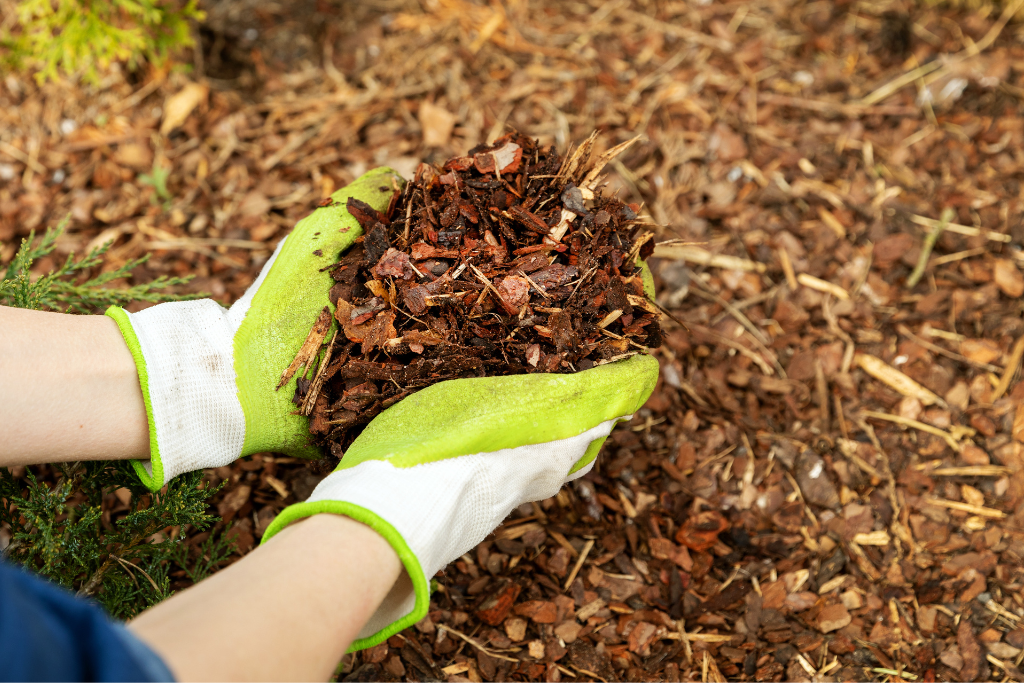Home Gardening Tips, Home Tree Care, Plant Health Care
Time To Prepare Your Garden For Fall
The cool, crisp days of fall with their light, dry breezes, and turning leaves may seem far away during the dog days of summer, but now is the time to plan for fall tree care. Investing some planning, time, and effort in your fall tree care can ensure your trees are ready for harsh winter weather and more likely to be healthy and beautiful next spring.
With that in mind, be sure to plan for the following this fall:
Raking – What would fall be without raking leaves? While many homeowners are motivated by the aesthetics of keeping their lawn free of leaves after deciduous trees drop their leaves in the fall, raking can contribute to the health of trees greatly. By raking leaves away from at least the immediate area around tree trunks, you’ll minimize the potential for dead leaves to collect water, which can offer a wide range of bacteria an ideal environment for growth. This can lead to bacteria attacking your trees either through their bark or by sinking into the soil, where several forms of root rot can develop.
Watering – Even though the passing of summer and the cooler weather of fall would seem to eliminate the need for watering your trees, it’s still important to make the effort to ensure your trees are hydrated. Remember, in October and November your focus is on keeping trees healthy and ready to get through harsh winter weather. Watering is essential.
Feeding – While your trees may be heading into a dormant state in the fall, it’s still important to fertilize them. Trees won’t need fertilizer for growth, but just as with hydration, fertilizing your trees supports their health and increases their ability to successfully get through challenging winter conditions.
Mulching – Putting down mulch around trees may seem to be a spring ritual, but mulching around trees in the fall is highly beneficial. A fresh layer of mulch around trees can keep soil – and the root systems of trees – moist and warm.
Treating for pests – Pests can be prevalent during the summer months, but even in the fall and winter insects such as borers can continue to attack and damage trees. Look for signs of infestation and take necessary steps to protect your trees.
Planting new trees – Fall is an ideal time to plant many species of trees. With less sun and heat than summer, fall conditions are easier on trees that are adjusting to new soil and environmental conditions. Plus, a tree’s hydration demands can drop during mild fall weather, which gives a new tree’s root system time to develop.
Pruning, cabling and bracing – Wind, ice and heavy snow may be on the way. Cracked or highly-stress tree limbs can break under the additional stress of winter weather. Pruning removes damaged or dead limbs in a way that supports the tree’s health and that protects you, your loved ones and your property. Pruning – especially near power lines – can be dangerous, so it’s best to secure the services of a tree care professional for this work. In addition, dynamic cabling can give a tree additional support and protection for vulnerable limbs.
GET HELP FROM OUR PROFESSIONALS
The certified arborists of Hansen’s Tree Service have exceptional knowledge and experience in assessing the condition and needs of your trees – regardless of species – and will help you determine the preparation they need to get through winter.
We can guide you in planning your preparation, uncover hidden issues that need to be addressed before winter hits, and provide you with any services your trees will require to emerge healthy, strong and beautiful in the spring.
Get ahead of the game and contact us today!
GET YOUR HASSLE-FREE ESTIMATE TODAY!
